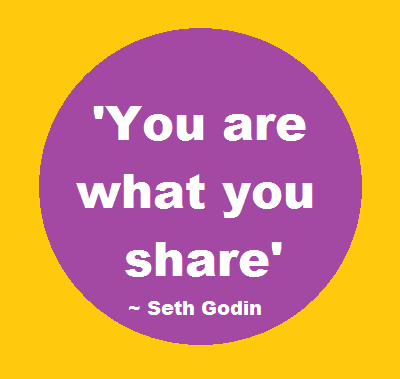 “Sorry, you didn’t make the team. We did the cuts today.”
“Sorry, you didn’t make the team. We did the cuts today.”
“We did play auditions all day yesterday, and so many people turned out, there just wasn’t a role for you. We picked people who were more talented.”
“You’re on the bench until your skills improve. We want to win.”
Ask the well-meaning coaches and teachers running the tryouts and choosing who gets to play, ask them who gets on stage and who gets fast tracked, and they’ll explain that life is a meritocracy, and it’s essential to teach kids that they’re about to enter a world where people get picked based on performance.
Or, they might point out that their job is to win, to put on a great show, to entertain the parents with the best performance they can create.
This, all of this, is sort of dangerous, unhelpful and nonsensical.
Read more
 I have a friend who can always be counted on to have a great book recommendation handy. Another who can not only tell you the best available movie currently in theatres, but confidently stand behind his recommendations.
I have a friend who can always be counted on to have a great book recommendation handy. Another who can not only tell you the best available movie currently in theatres, but confidently stand behind his recommendations.
 “Sorry, you didn’t make the team. We did the cuts today.”
“Sorry, you didn’t make the team. We did the cuts today.” I realized the other day that most people grow up thinking in terms of professional affiliations. “I’m going to be an accountant.” “I’m going to work for General Dynamics.”
I realized the other day that most people grow up thinking in terms of professional affiliations. “I’m going to be an accountant.” “I’m going to work for General Dynamics.” The traveling salesman, the carnival barker and the old-time businessman can hit and run. Make the sale, cut your costs, move on.
The traveling salesman, the carnival barker and the old-time businessman can hit and run. Make the sale, cut your costs, move on.
 A luxury good gets its value from its lack of utility and value. A typical consumer would look at what it costs and what it does and say, “that’s ridiculous.”
A luxury good gets its value from its lack of utility and value. A typical consumer would look at what it costs and what it does and say, “that’s ridiculous.”